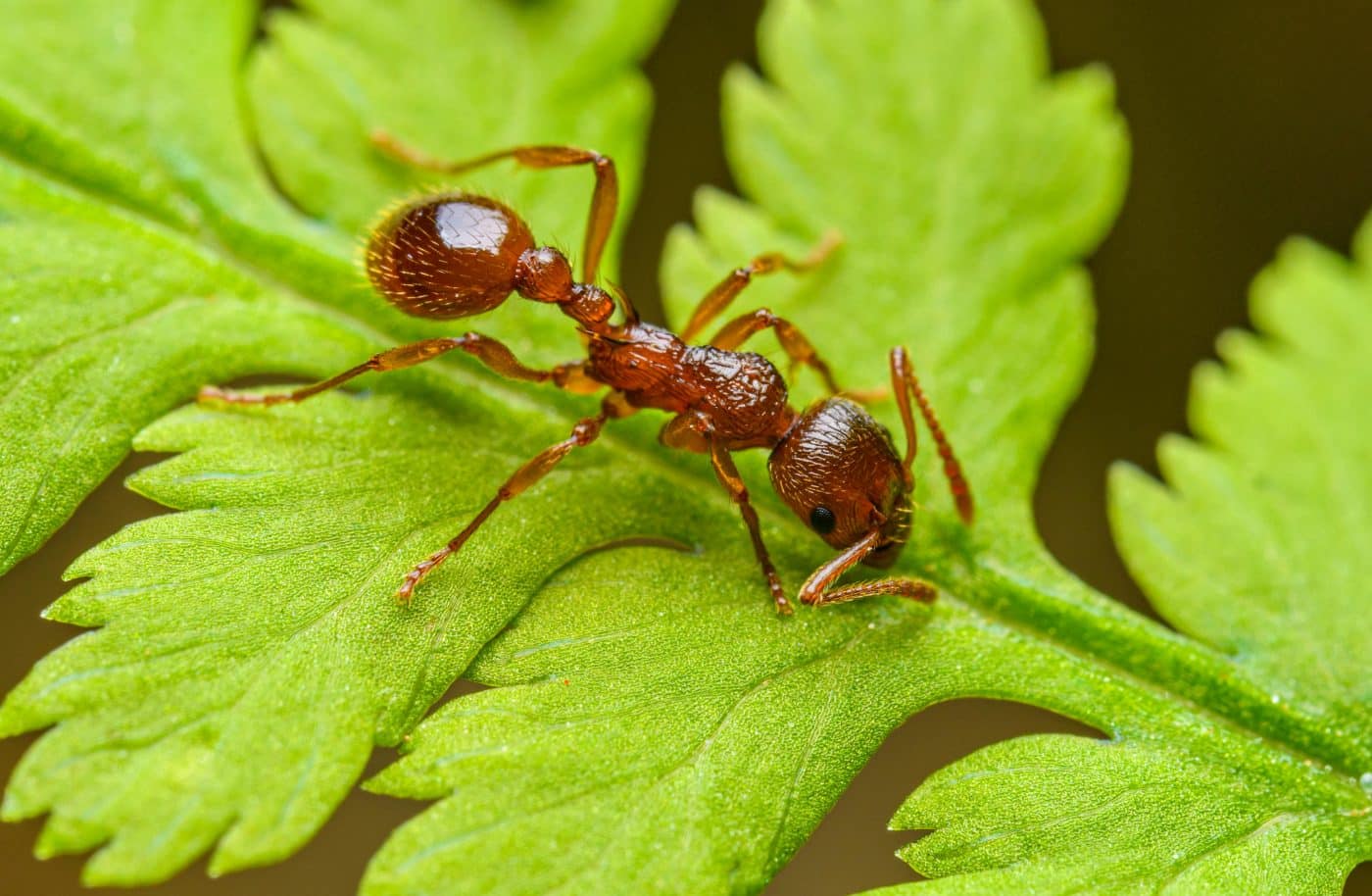 Shutterstock
Shutterstock
Animals are endlessly fascinating, and just when you think you’ve learned it all—BAM!—nature hits you with something outrageously weird, wildly impressive, or downright hilarious. While school taught us the basics (like how cheetahs are fast and dolphins are smart), the animal kingdom is full of bizarre facts that were somehow left out of the textbook. These little-known tidbits range from the downright adorable to the delightfully absurd, proving once again that animals are living proof that Mother Nature has a sense of humor.
Octopuses Have Three Hearts—and They Stop One to Swim
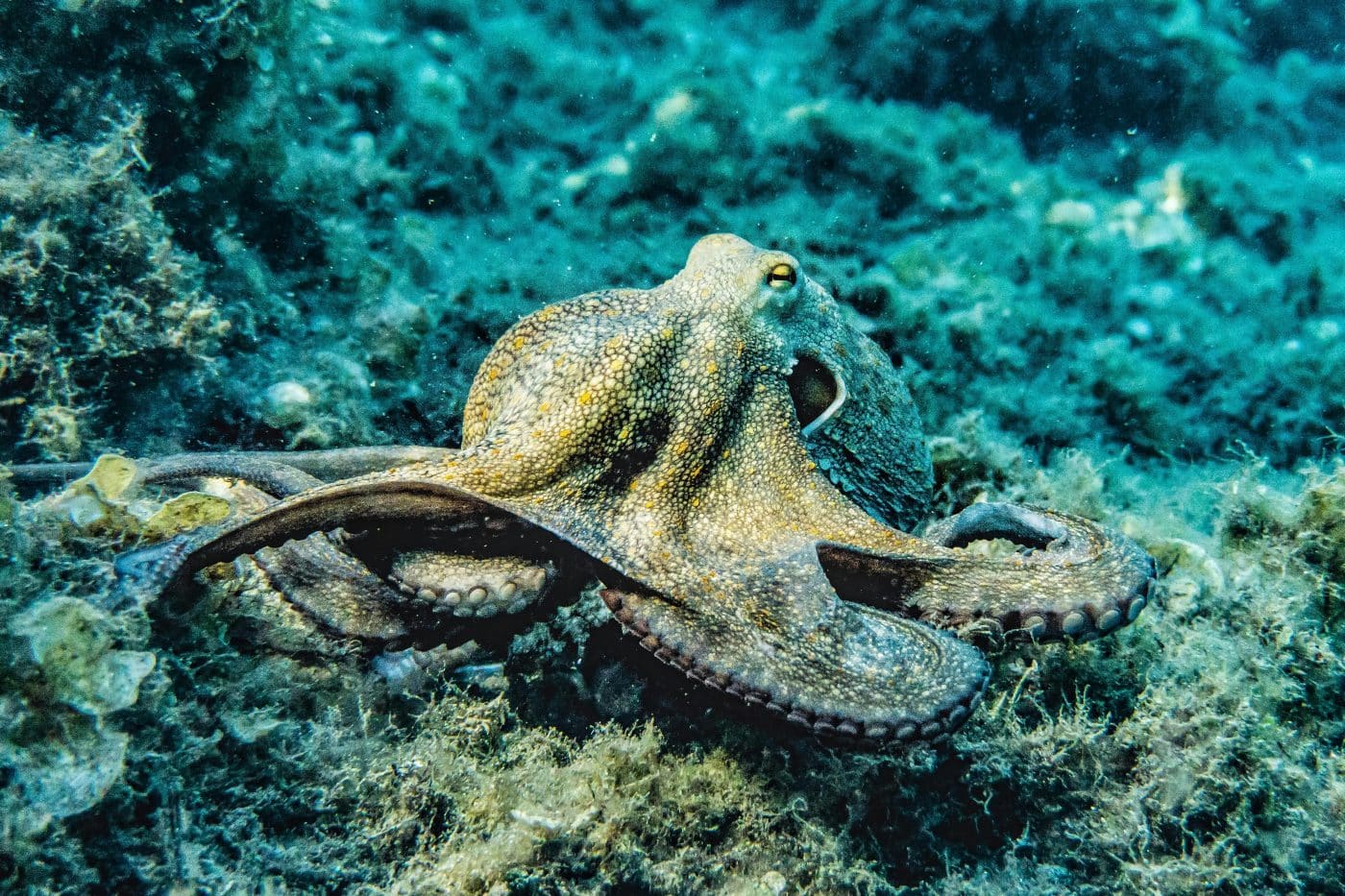 Shutterstock
Shutterstock
Octopuses are not only squishy geniuses, but they also come with bonus heart features. These invertebrates have three hearts—two pump blood to the gills, and one handles the rest of the body. But here’s the weird part: the heart that pumps to the body stops when the octopus swims. It’s like their body says, “Okay, exercise is hard, let’s just quit circulation for a second.” So technically, every time an octopus swims, it’s giving itself a mini heart attack. Still cooler than your Fitbit.
Cows Have Best Friends and Get Stressed When Separated
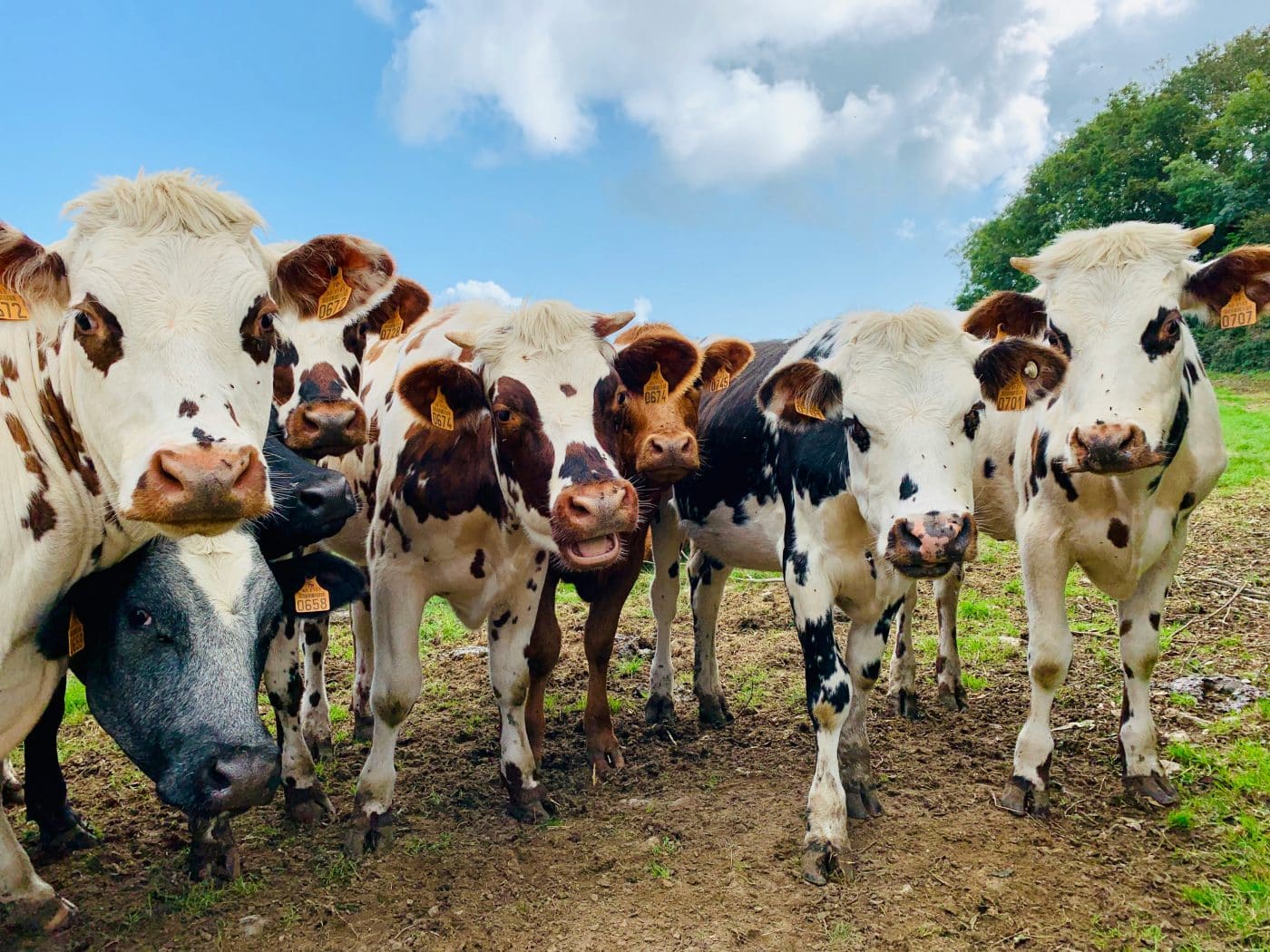 Shutterstock
Shutterstock
Behind those big, slow blinks and mooing serenades, cows are surprisingly emotional creatures. Studies have shown that cows form close friendships and become visibly distressed when they’re separated. Their heart rates rise, and their behaviors change until they’re reunited with their bovine BFFs. It’s like a high-stakes reality show but with more cud. So the next time you pass a pasture, know that somewhere out there, two cows are probably sharing gossip and grass.
Wombat Poop Is Cube-Shaped
 Shutterstock
Shutterstock
Yes, you read that right. Wombats, the chunky marsupials of Australia, produce poop that comes out in tidy little cubes. Scientists believe this bizarre bowel behavior helps the poop stay in place, which wombats use to mark their territory. Cubes don’t roll away like regular poop pellets, which is handy if your bathroom is the forest floor. Who knew the animal kingdom had geometry built into its digestive system?
Sloths Can Hold Their Breath Longer Than Dolphins
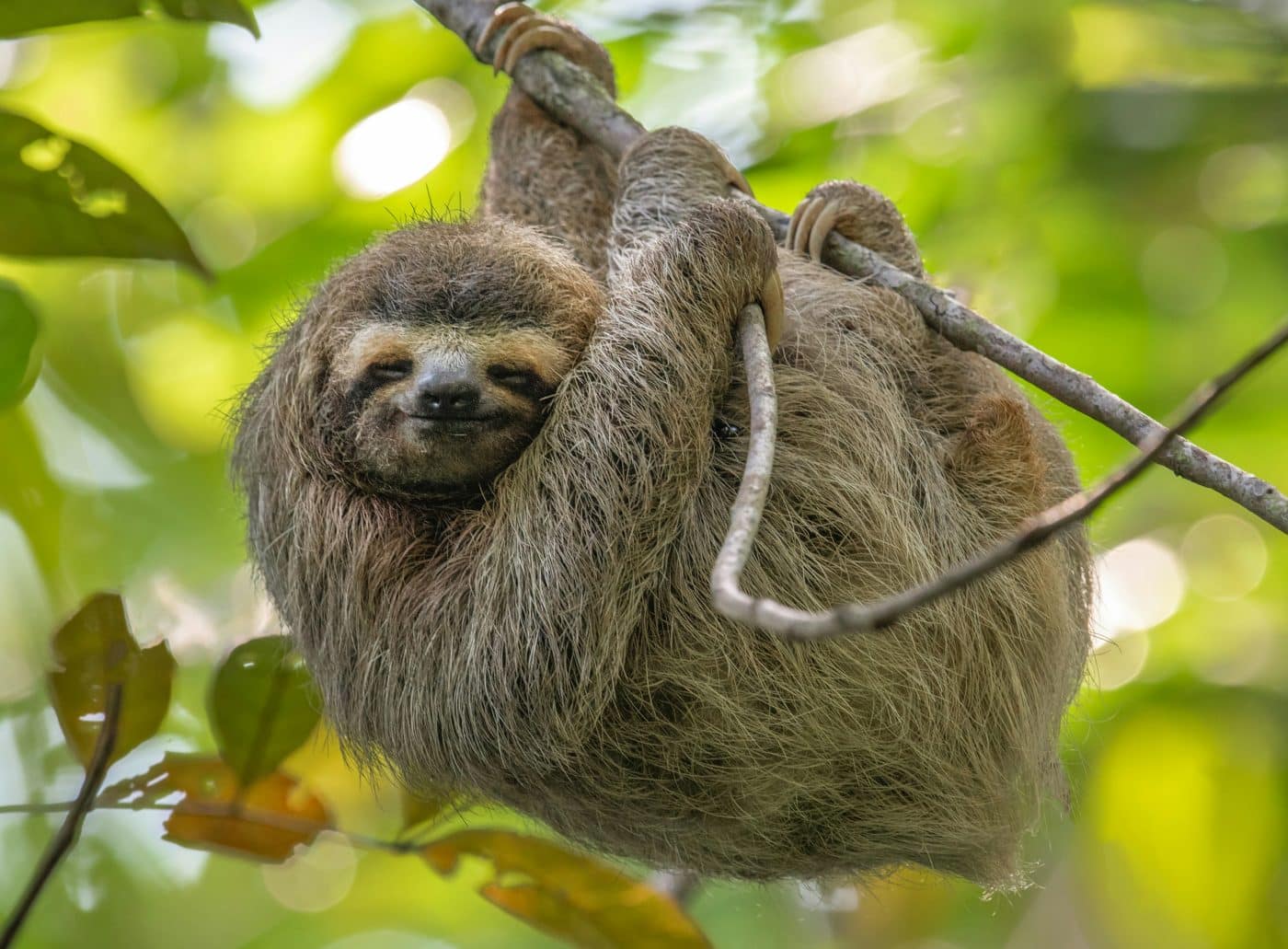 Shutterstock
Shutterstock
Sloths may be the poster children for laziness, but when it comes to breath-holding, they’re Olympic-level overachievers. While dolphins can hold their breath for around 10 minutes, sloths can chill underwater for up to 40 minutes. They do this by slowing their heart rate to a near standstill—turning into furry aquatic meditating monks. So, the next time you think a sloth isn’t doing much, just remember—it’s probably winning at underwater yoga.
Elephants Can Detect Rainstorms From 150 Miles Away
 Shutterstock
Shutterstock
Move over, weather apps—elephants are nature’s meteorologists. These gentle giants can sense rainstorms from up to 150 miles away using their keen sense of hearing and their ability to detect low-frequency sounds. This helps them travel to water sources during dry seasons, which is especially useful if you’re a five-ton animal that needs a lot of hydration. Honestly, if your elephant friend says to pack an umbrella, you listen.
Sea Otters Hold Hands While Sleeping
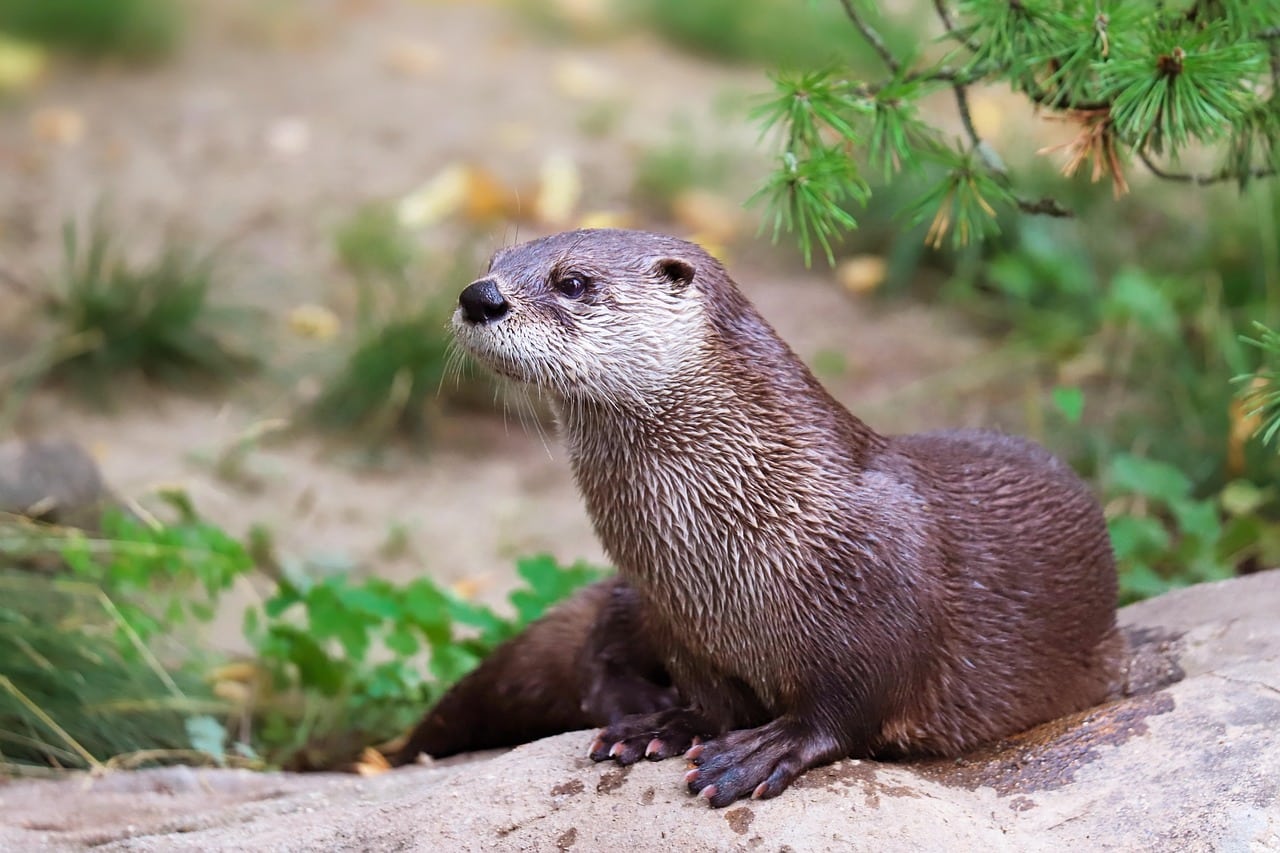 Shutterstock
Shutterstock
If your heart needs a hug, here it is: sea otters hold hands while they nap so they don’t drift apart in the water. These fuzzy floaters often form “rafts” of dozens of otters, gently gripping paws like they’re hosting the cutest synchronized sleepover. It’s a practical and adorable survival strategy. Who knew staying alive could be so precious?
Crows Can Hold Grudges—And Teach Their Friends to Hate You
 Shutterstock
Shutterstock
Crows are scary smart and maybe just a little bit petty. Studies show that crows can remember human faces and will hold grudges against those they perceive as threats. Even more shockingly, they can tell their crow friends and family who the bad guy is. It’s like the world’s creepiest group chat with feathers. So, note to self: never insult a crow. They will remember, and they will come for your snack.
Shrimp Has a Punch Faster Than a Bullet
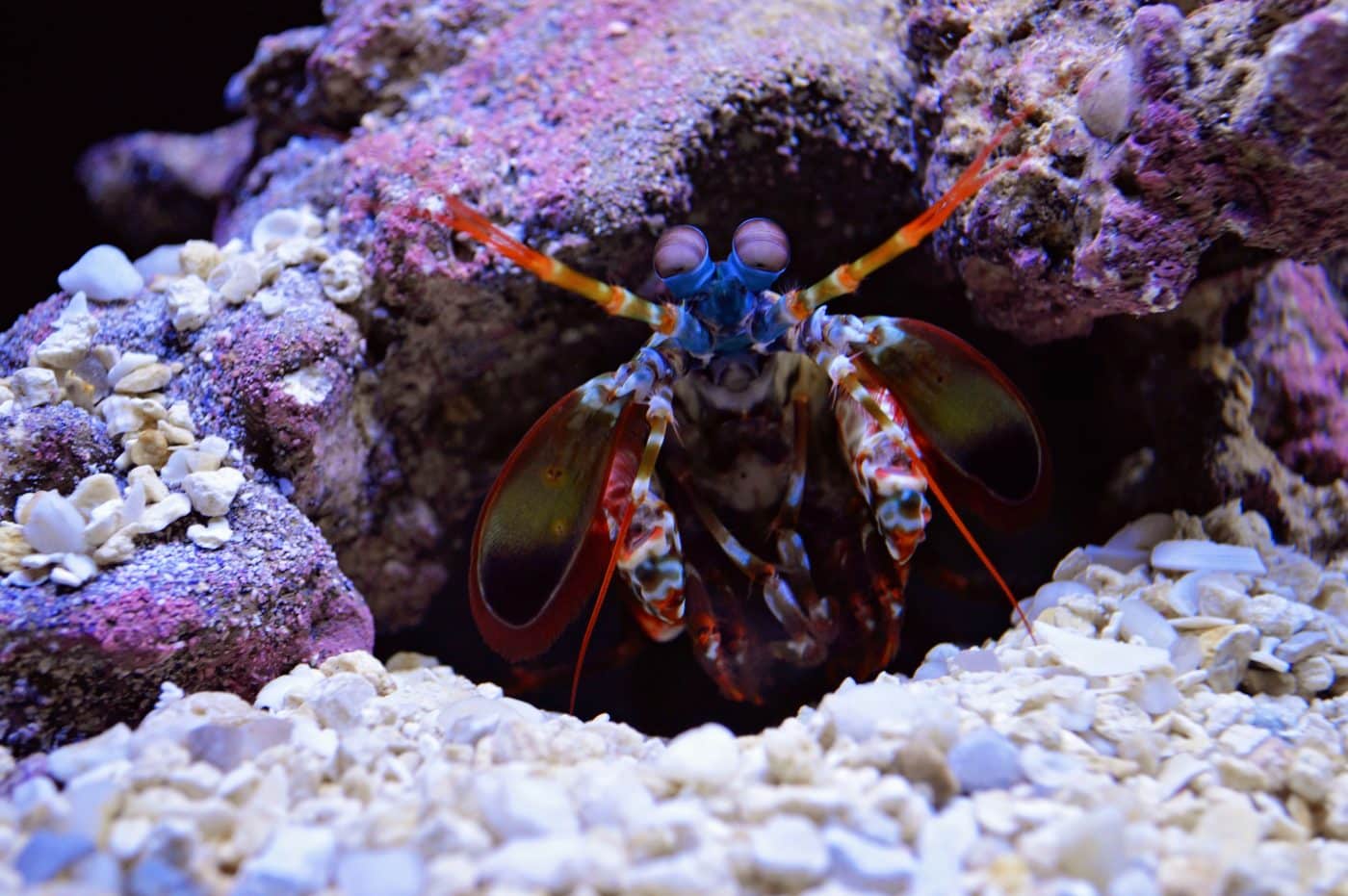 Shutterstock
Shutterstock
The mantis shrimp may be small, but it’s the Mike Tyson of the ocean. This feisty crustacean can throw a punch with the speed of a bullet—literally. Their clubs strike so fast that they create a cavitation bubble that momentarily reaches the temperature of the sun. It’s like having superpowers but for seafood. Nature said, “Give this shrimp an arm cannon,” and science just shrugged.
Parrots Name Their Babies
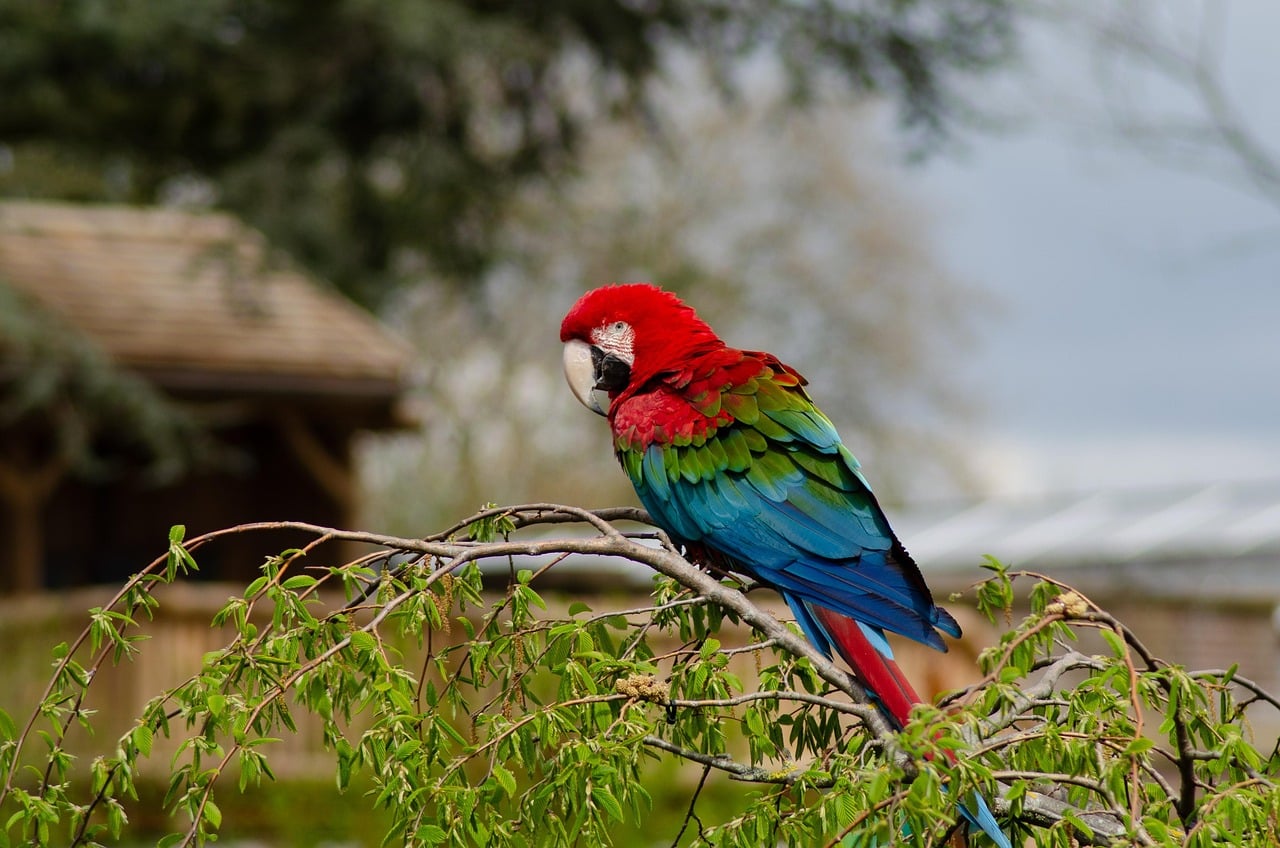 Shutterstock
Shutterstock
Parrots don’t just mimic sounds—they’re surprisingly thoughtful communicators. Some species have been observed giving each chick a unique call name, which they use to refer to that chick throughout its life. It’s like getting your ringtone from birth. So if a parrot gives you a nickname, congratulations—you’re officially in its social circle. Probably still can’t sit with them at lunch, though.
Penguins Propose With Pebbles
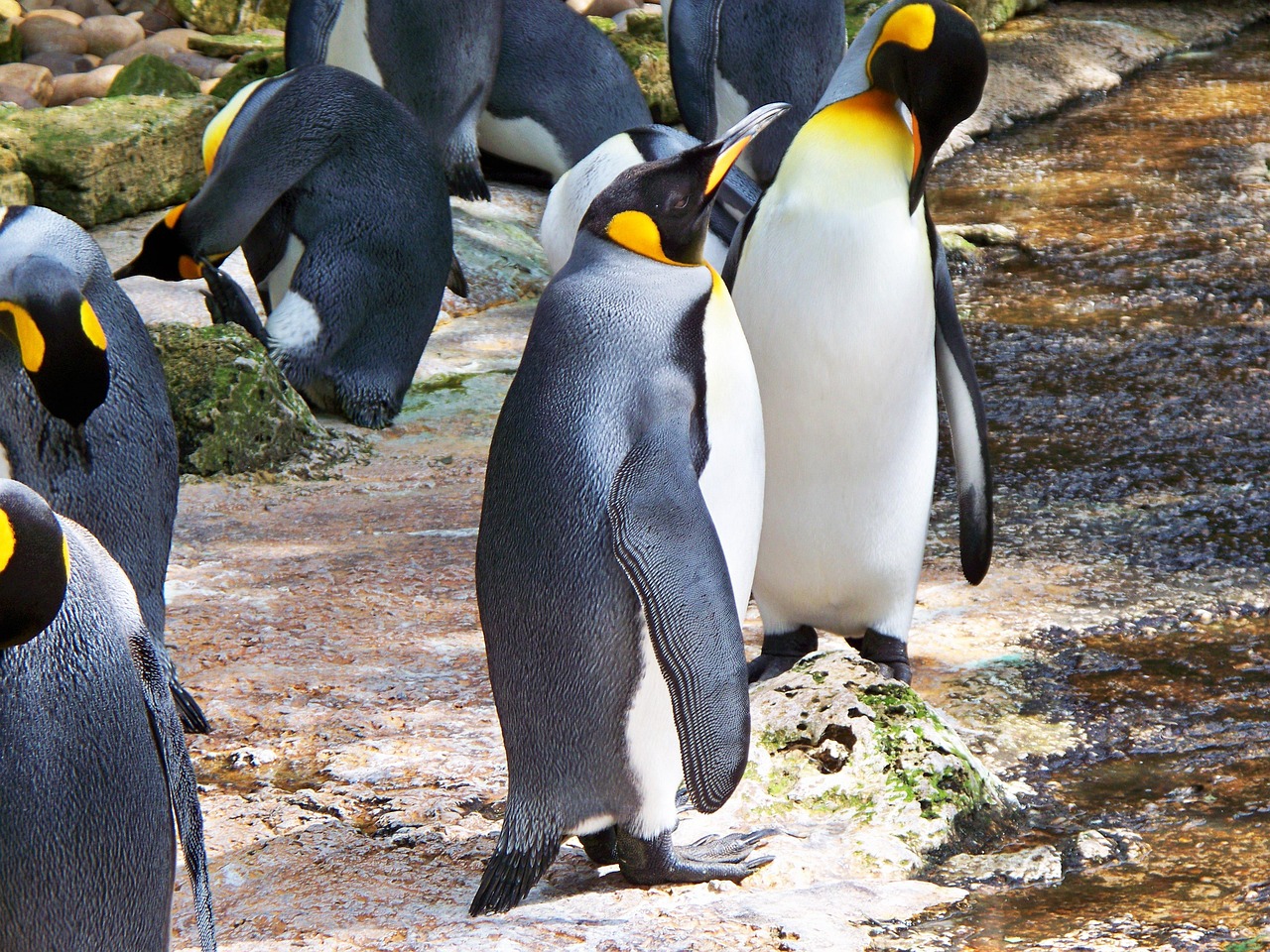 Shutterstock
Shutterstock
Forget diamonds—if you’re a penguin in love, all you need is the perfect pebble. Male Adélie penguins search for the smoothest, most appealing rock to present to their chosen mate. If the female accepts, the rock becomes part of their nest. It’s adorable, practical, and way less expensive than jewelry. And let’s be honest, getting proposed to by a tuxedo-wearing bird has its kind of charm.
Giraffes Only Need 30 Minutes of Sleep a Day
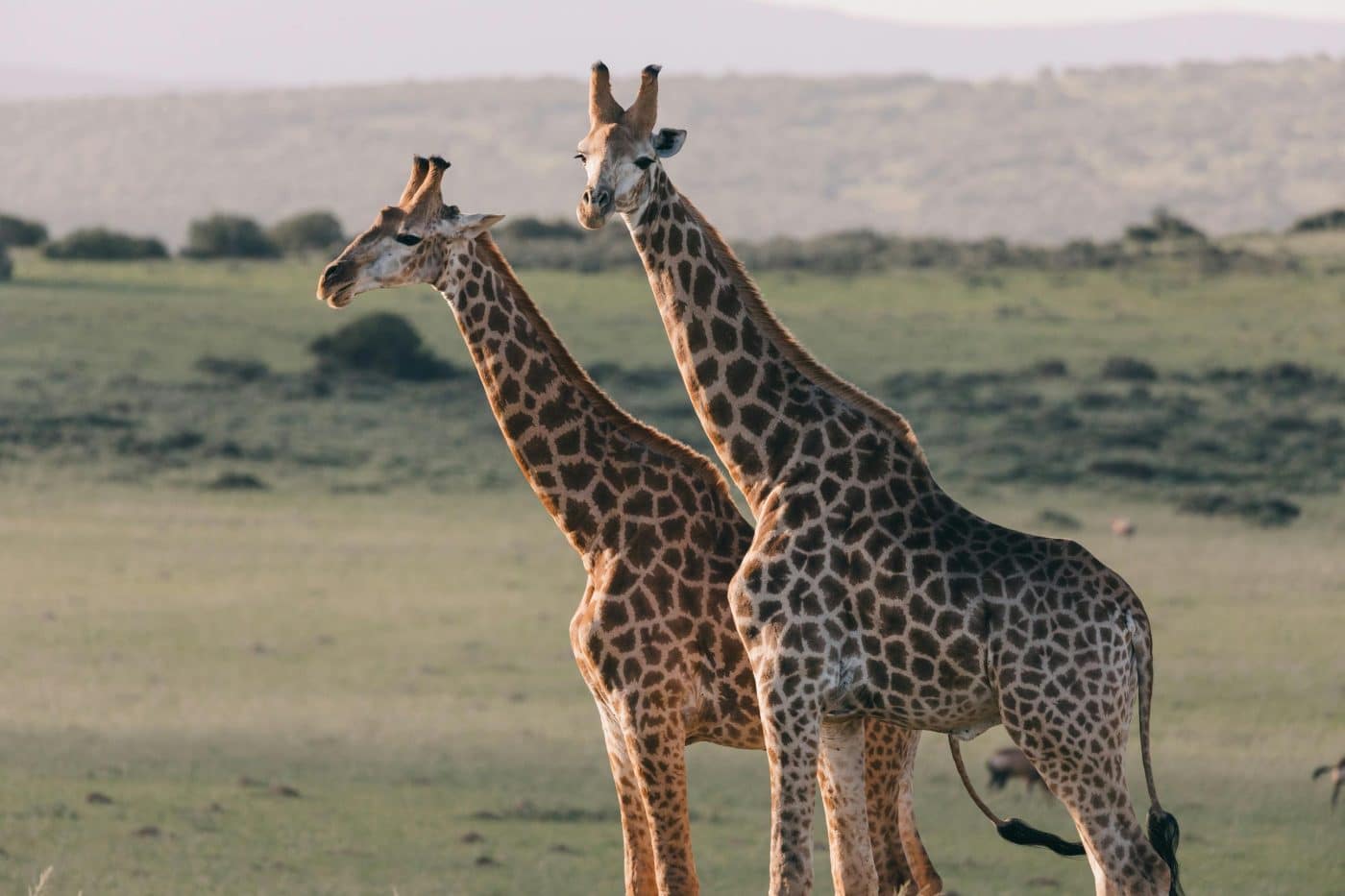 Shutterstock
Shutterstock
If you think you’re running on minimal sleep, giraffes would like a word. These towering herbivores only need about 30 minutes to two hours of sleep per day, often in short bursts. That’s because they’re constantly on alert for predators and have to stay upright most of the time. Their sleep schedule makes yours look downright luxurious. So the next time you yawn and say, “I didn’t get much sleep,” just know a giraffe would roll its eyes—if it had time.
Frogs Can Freeze Without Dying
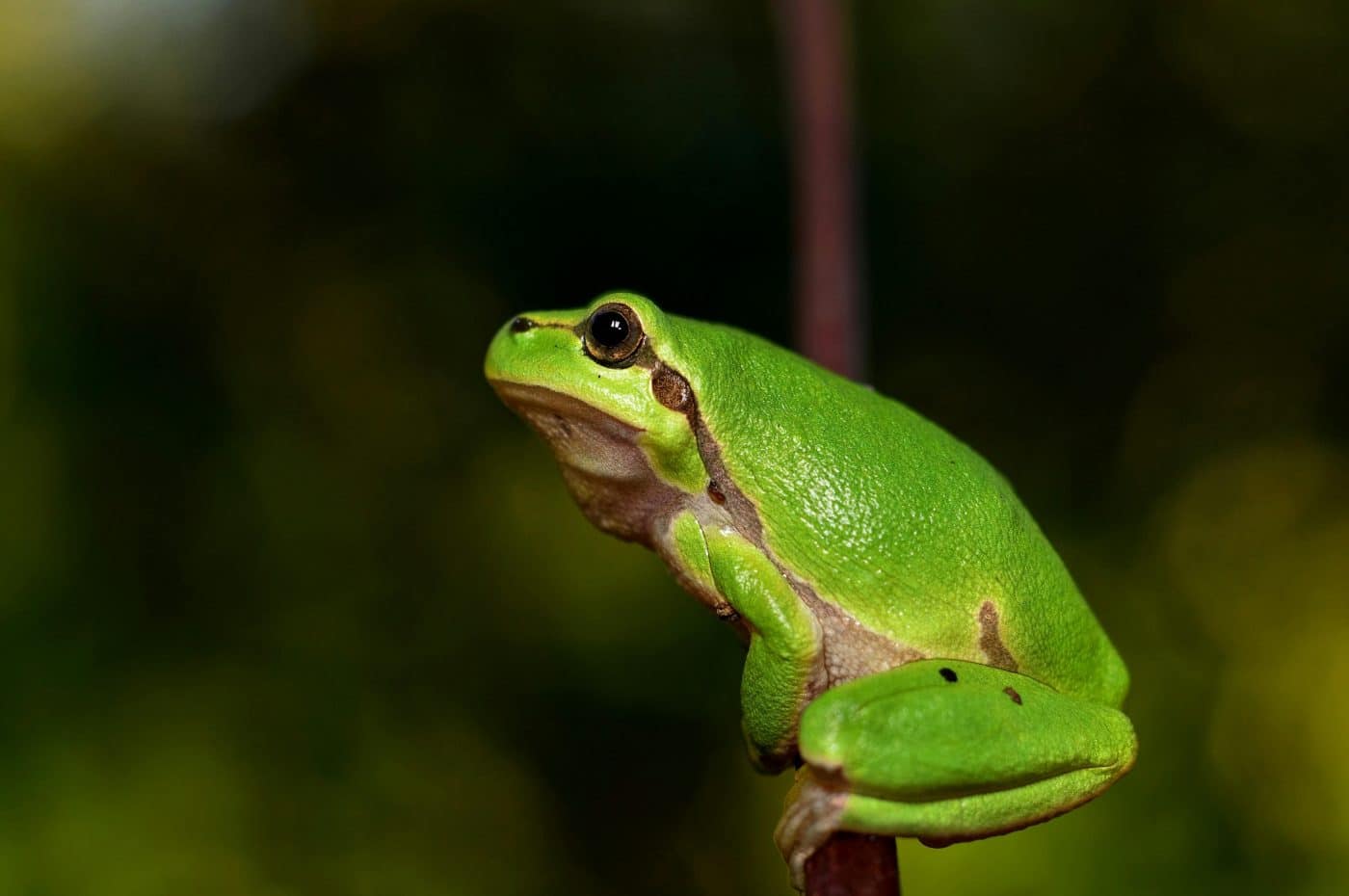 Shutterstock
Shutterstock
Some species of frogs can literally freeze solid in winter, stop their hearts, and thaw back to life when it gets warm. It’s like they press pause on their biological processes. They survive with natural antifreeze in their blood that protects their organs. It’s both freaky and fascinating—nature’s version of cryogenic storage. Your freezer has never felt so boring.
Turtles Can Breathe Through Their Butts
 Shutterstock
Shutterstock
We wish this one wasn’t true, but it is. Some turtles, especially during hibernation, can absorb oxygen through a specialized area near their rear end—a process known as cloacal respiration. So yes, in a sense, they can breathe through their butts. Just another day in the life of nature’s weirdest overachievers. Science: sometimes delightful, sometimes gross, always weird.
Ants Don’t Sleep—They Power Nap
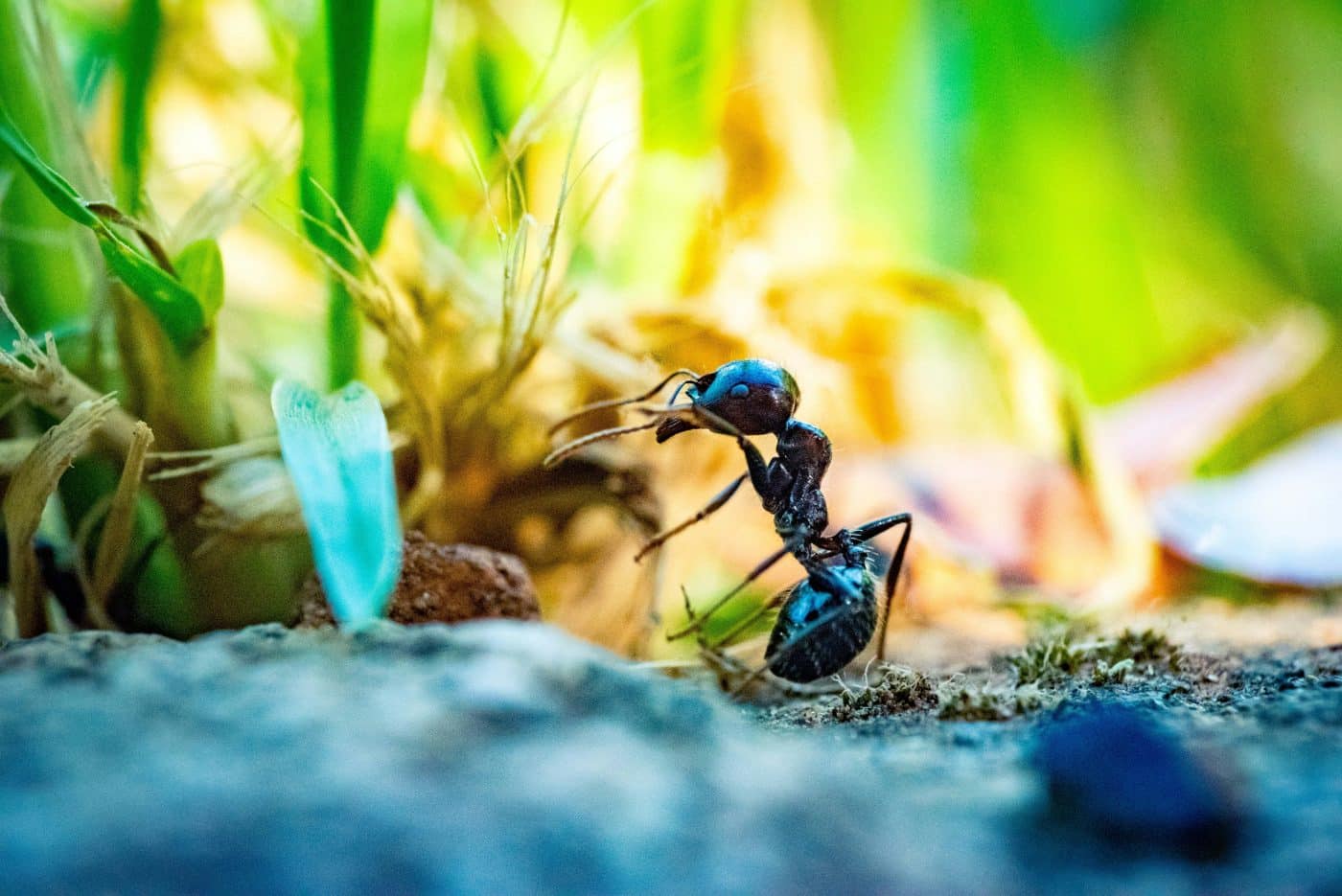 Shutterstock
Shutterstock
Ants never really shut down for a full night’s sleep. Instead, they take hundreds of short power naps throughout the day. Worker ants can catch tiny micro-naps lasting just a few minutes, but it’s enough to keep their tiny ant engines running. Queens sleep a bit more (because of royalty), but still not for very long. It’s like their motto is: “Why sleep when you can keep digging?”
Kangaroos Can’t Walk Backward
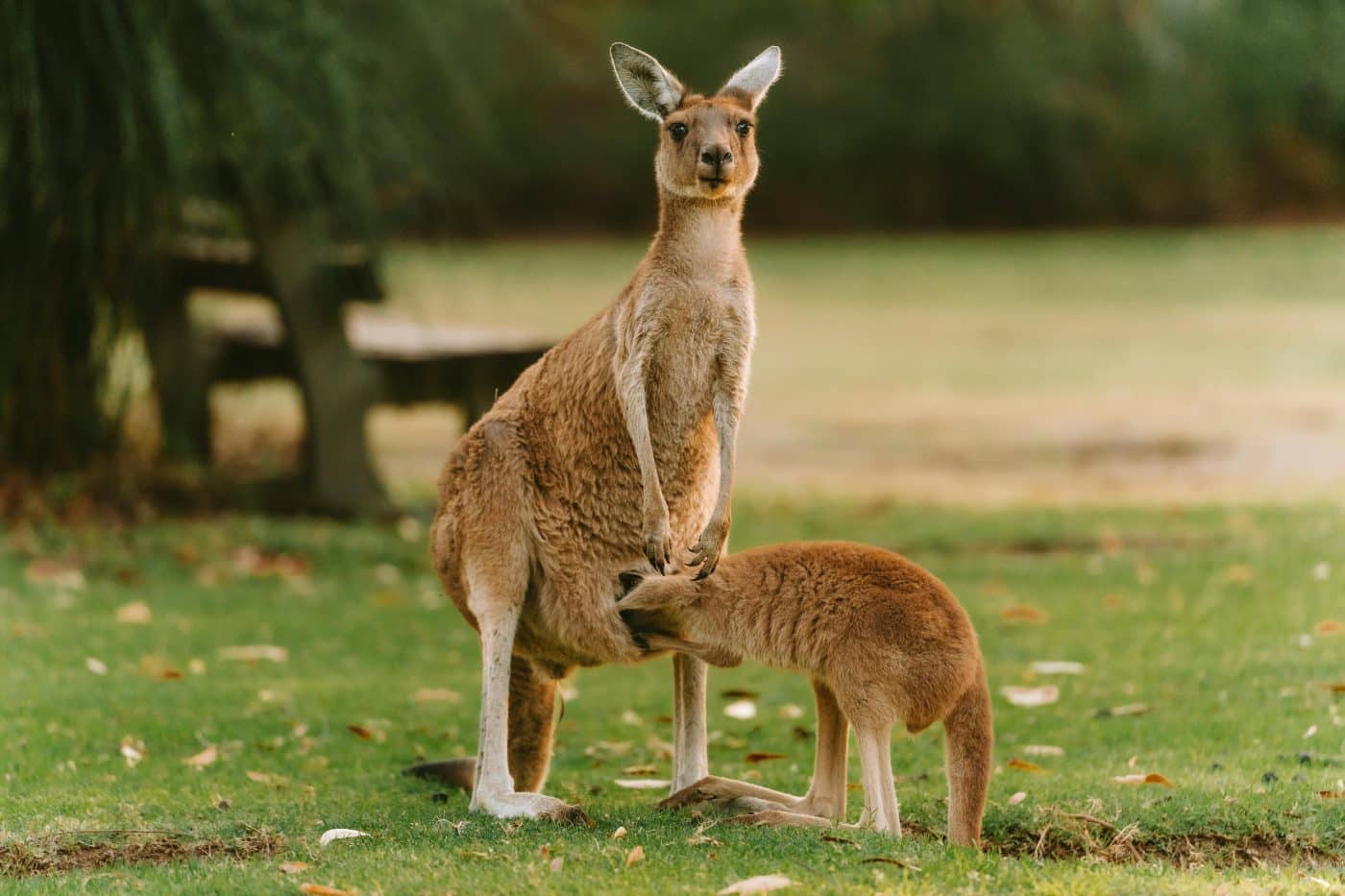 Shutterstock
Shutterstock
Due to the structure of their muscular tails and powerful hind legs, kangaroos cannot physically walk backward. Their anatomy just doesn’t allow it. That’s why they’re often used as a symbol of progress and moving forward in Australia. This is a nice sentiment… until you realize they’re also the only animal that might punch you for looking at them wrong.
Animals Are Weird, and We Love Them for It
 MidJourney
MidJourney
A collection of facts that proves the animal kingdom is far weirder and more wonderful than any textbook ever let on. From cube-shaped poop to undersea slap fights and penguin pebble proposals, these creatures are out here living their best, most bizarre lives. And honestly? We could all learn a thing or two from them—like holding hands more often, napping smarter, and maybe just breathing through our noses (thankfully). Nature’s strange, hilarious, and endlessly surprising… and we wouldn’t have it any other way.

 18 hours ago
5
18 hours ago
5



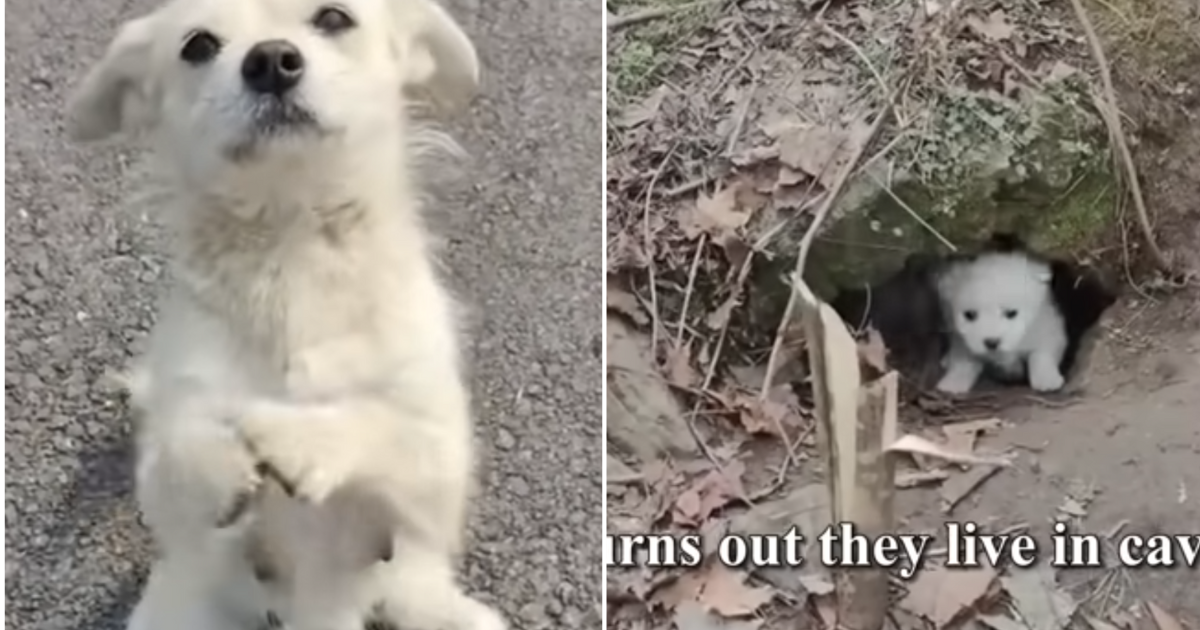




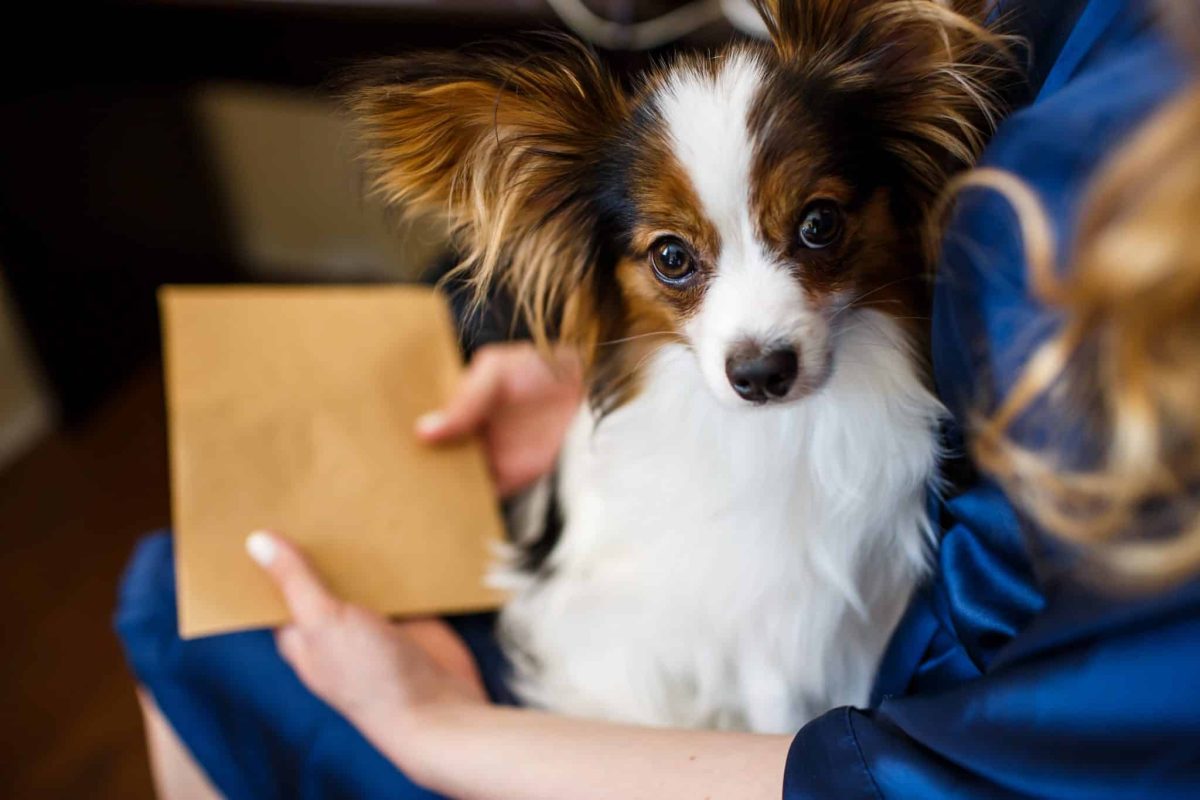









 English (US) ·
English (US) ·